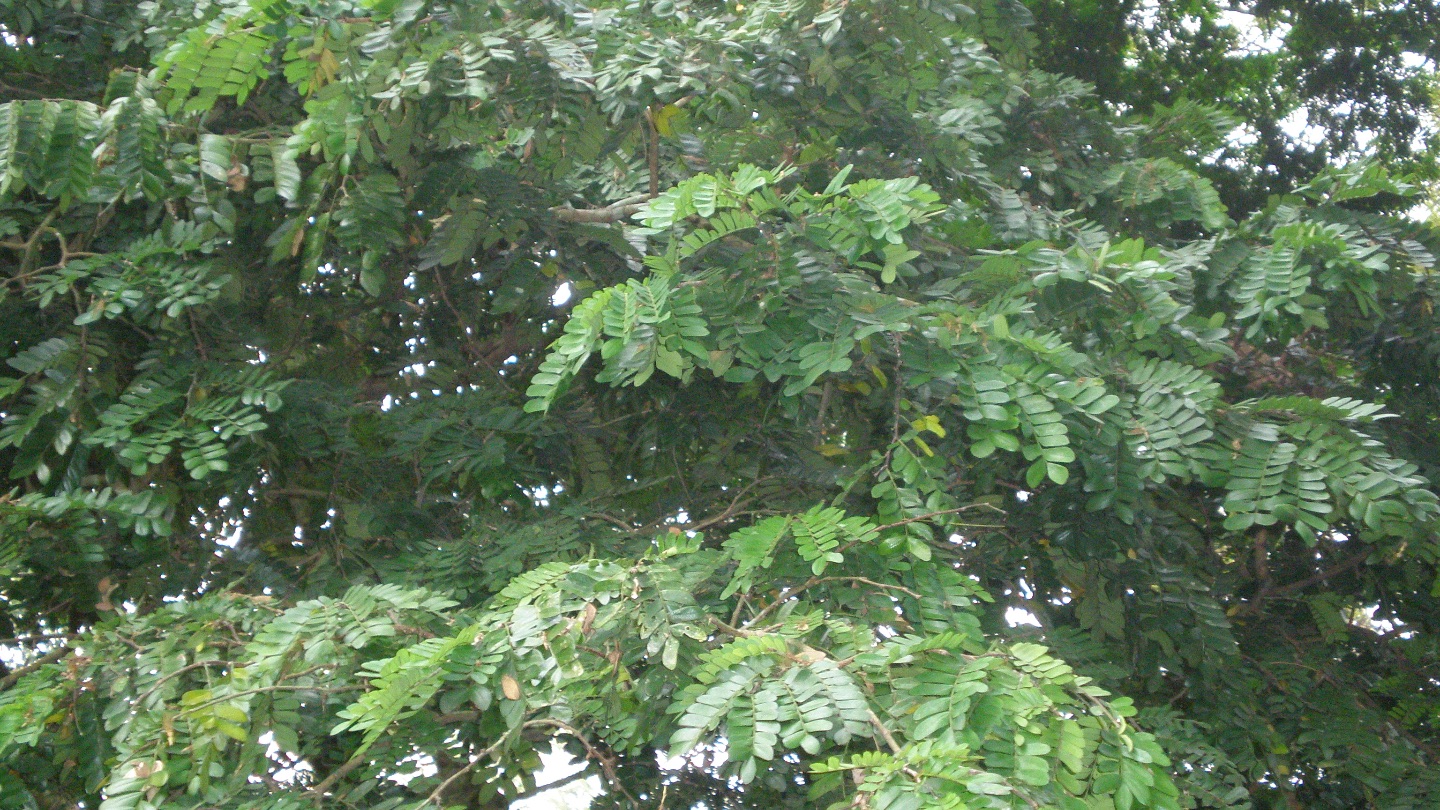The garlic tree could be considered a miracle worker. Found throughout central Africa, the tree’s bark is used to treat everything from toothache and snake bites to syphilis and amoebic dysentery. The bark’s powder is used as a laxative and diuretic; its fruit is a potential antioxidant. The tree is sold throughout markets in Cameroonian, but little is known about how its popularity affects the species’s future.
Irene Franceline Mbowe, a 2015 CARN awardee, evaluated the environmental and social impacts of the garlic tree. She conducted socio-economic studies in five different markets in southern and central Cameroon. Mbouwe identified how many trees producers cut down or debark, per month, as well as how much money the trees are worth to both wholesalers and distributors. To study species diversity and forest dynamics — specifically how much carbon biomass the trees hold — she designated 10 sampling plots in four different villages. Her research has important implications for sustainable harvesting of the garlic tree, to insure its superpowers are accessible for generations to come. Mbouwe has since received her masters degree, in Environmental and Social Impact Assessment, from Cameroon’s Higher Institute of Environmental Sciences. She was also awarded a 2015 scholarship from the World Wildlife Foundation to continue research on forest and climate conservation work in Africa with an impact on carbon reduction.
